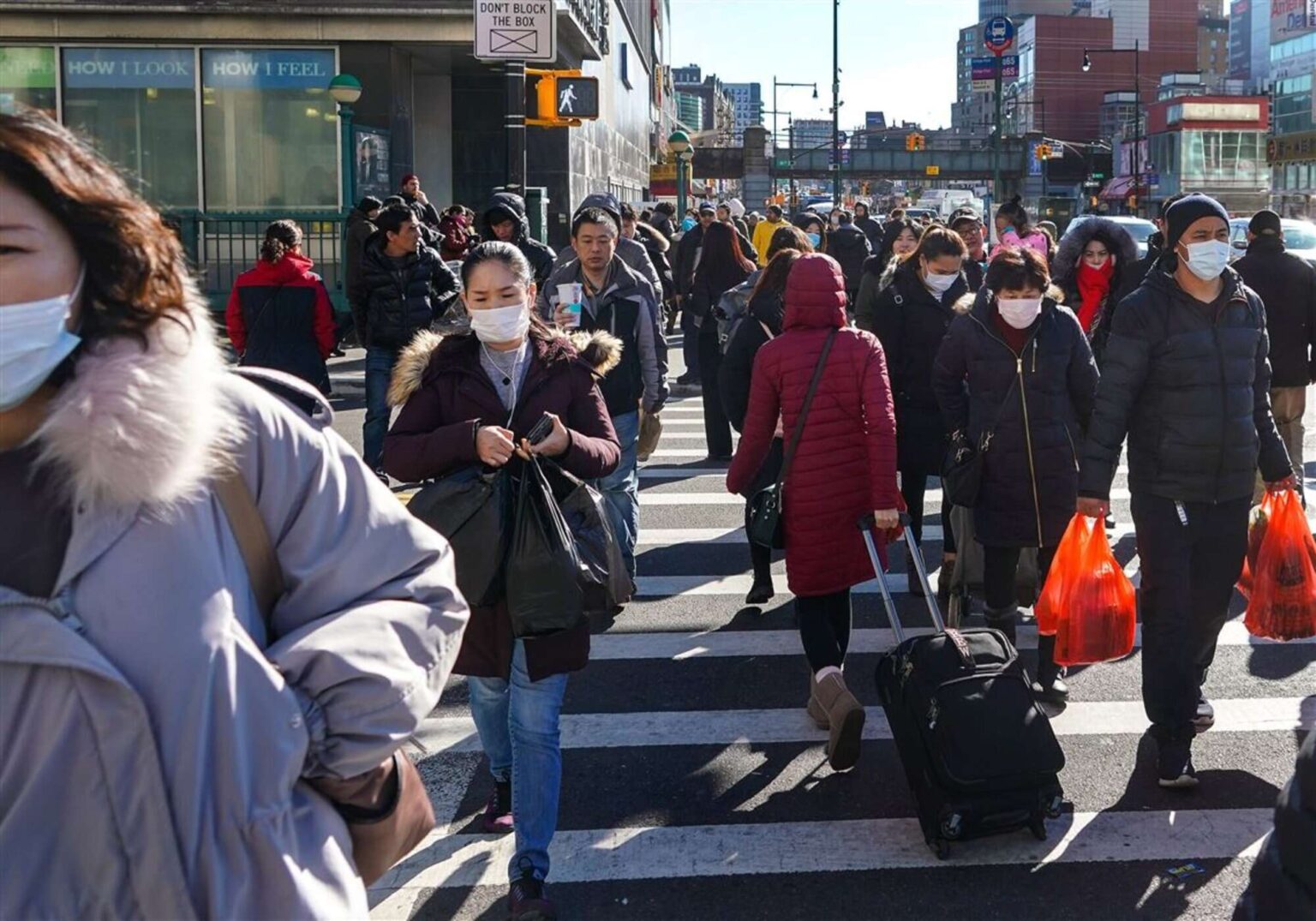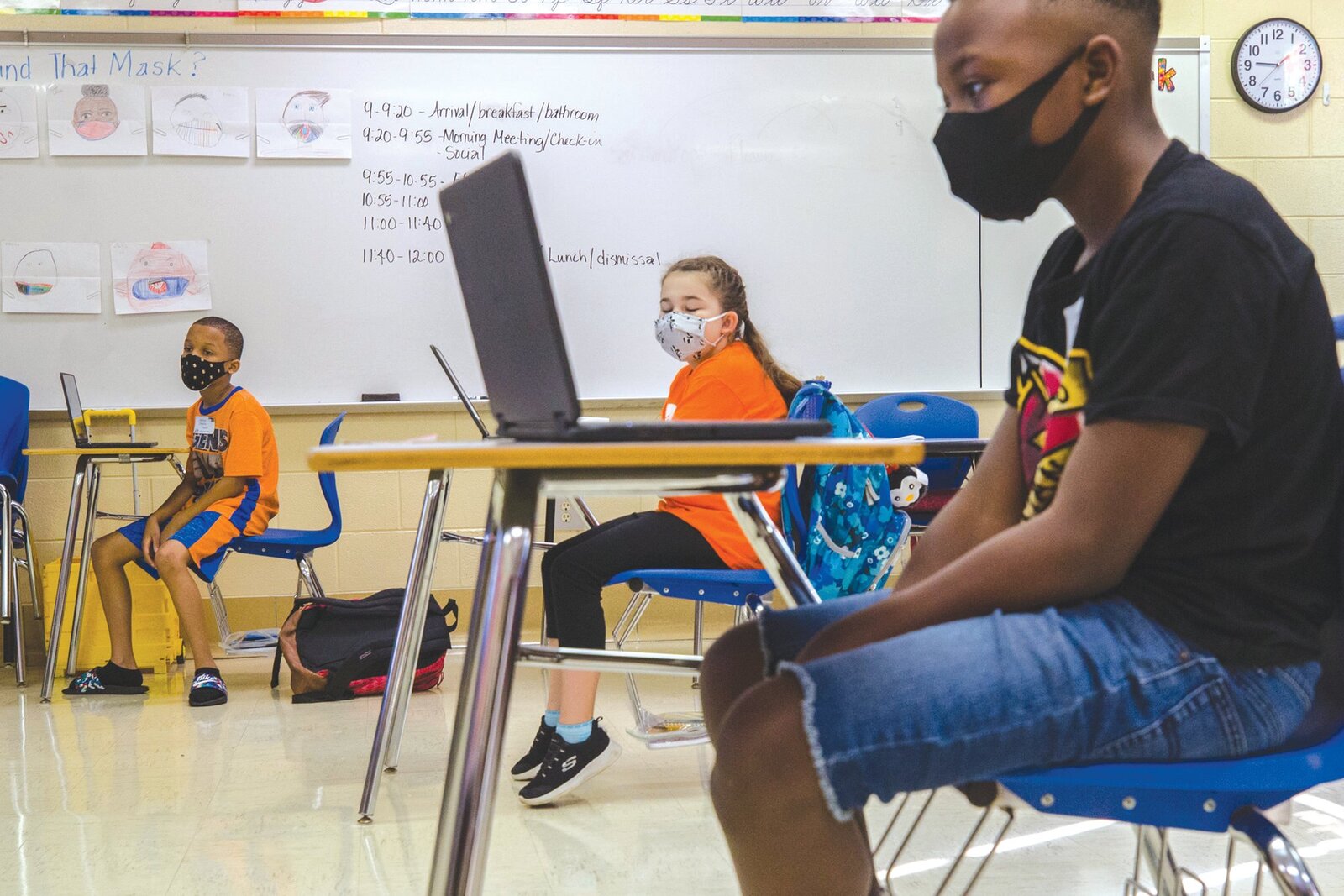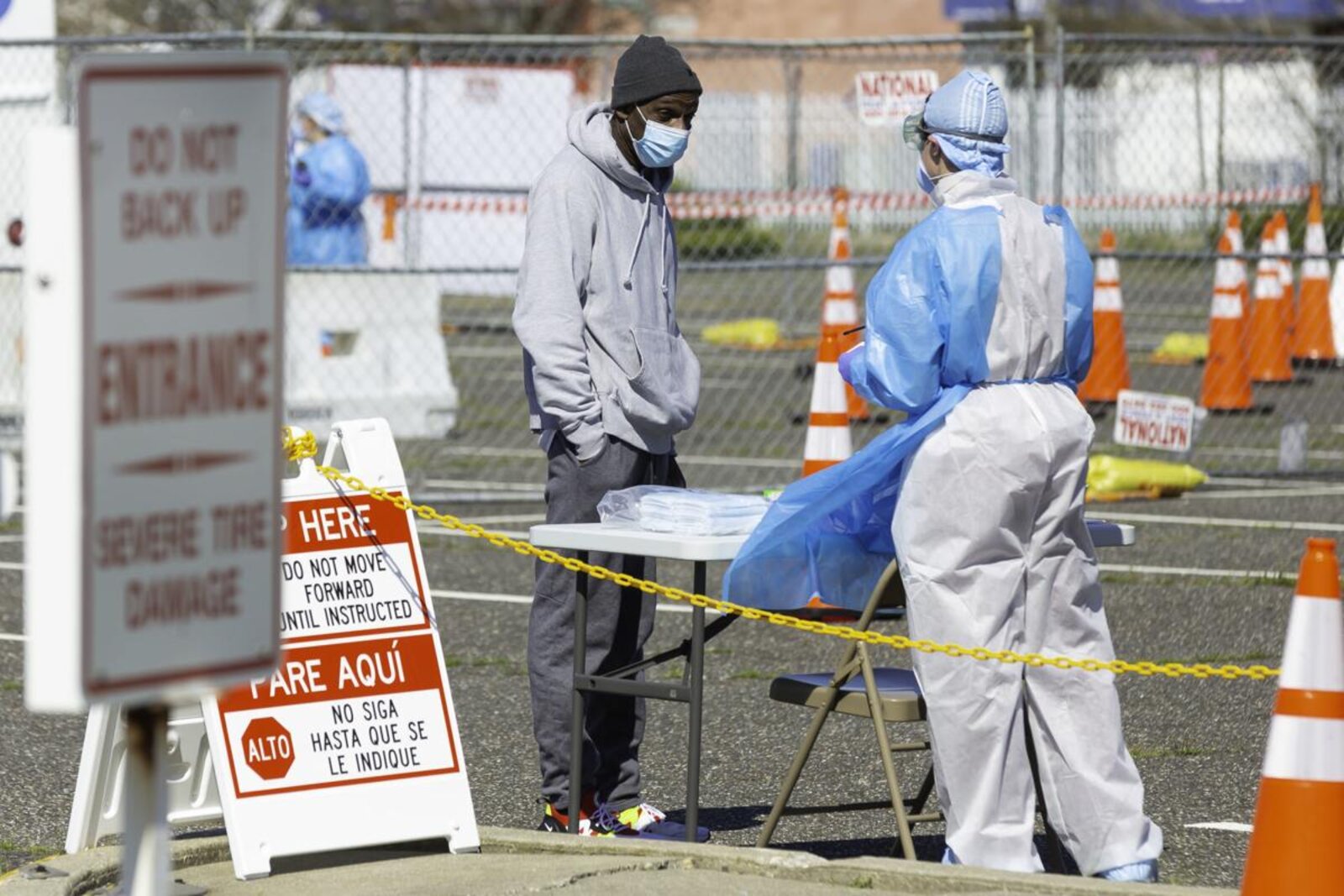
Is CDC news always accurate? Behind the recent “mistake”
Students have already begun returning to school in the U.S. As such, it’s a very crucial time for public health organizations to get their facts straight about what might be effective protection against COVID-19. Organizations like the CDC have an enormous ability to shape public policy with their recommendations.
CDC updates have been particularly plastered across news outlets since the start of major viral spread. The Center for Disease Control is supposed to be a bastion of science and warrior against the spread of disease. The fact that people are losing faith in them could have critical consequences for the pandemic’s transmission trajectory in the United States.
People are suspecting that this bastion of science is basing some of its decisions on more than hard data. The sneaking suspicion is that the CDC has given way to politicization and has accordingly censored delivery of its public guidelines. Should this belief prevail, we may see a spike in people throwing caution to the wind. Interestingly enough, the CDC may have recanted recent statements to avoid this.

Is CDC news always accurate?
People are clamoring about the CDC’s COVID-19 update about airborne transmission. The CDC has since recanted the update and labeled it merely a mistake, but some are not buying it.
Scientists have been researching and discussing the airborne nature of COVID-19’s transmission abilities since the new viral strains’ genesis. In July of 2020, hundreds of scientists banded together to send the World Health Organization (WHO) a letter concerning the role of aerosols in transmission of COVID-19.
These scientists said that inhaling aerosols (microscopic particles) posed a greater risk than surface or person to person transmission via large droplets. “We value and respect their opinions and contributions to this debate,” WHO expert Dr. Benedetta Allegranzi wrote in an email.

Allegranzi continued to say that WHO had “not judged the existing evidence sufficiently convincing to consider airborne transmission as having an important role in COVID-19 spread.”
University of Colorado chemistry professor Jose Luis-Jimenez said about aerosol transmission, “Evidence has been accumulating for some time.” The fact that aerosol droplets linger in poorly ventilated rooms to be later breathed in is not news to many scientists. “We are 100% sure about this,” said atmospheric sciences and environmental engineering professor Lidia Morawska.

When you think about the fact that aerosols from a sneeze can travel up to 26 feet, this information has obvious shocking implications about the guidelines organizations like the CDC have been giving out. Aerosols cannot be completely captured by most face masks and general social distancing policies would not protect you from a traveling cough or sneeze.
Aerosols hang in the air longer than large droplets and the general 6-feet-apart guideline would clearly prove insufficient. The CDC had actually made a revision to its official reports reflecting the possibility of airborne transmission, but recently it has recanted its views on the matter.

CDC news: Its recent “error”
“If you are NOT sick: You do not need to wear a facemask unless you are caring for someone who is sick (and they are not able to wear a facemask).” This is what the CDC’s original recommendation regarding facemasks was.
The CDC later changed its guidelines and said that even people who are not sick should wear facemasks so as to prevent asymptomatic people from spreading the virus to others. Wearing facemasks has indeed been seen as a crucial factor in reducing the spread of the virus. Many citizens have been trying their best to do their part in reducing COVID-19 spread in this way.
The expectation for citizens to wear facemasks has not changed. They’re still seen as an integral part of preventing COVID-19 transmission. It’s not that the virus suddenly can’t be spread through larger droplets, but talk of aerosols being a larger part of COVID-19 transmission than originally thought has reduced faith in the degree of facemask effectiveness.

So when the CDC recently revised their information yet again to remove the part about aerosol particles, eyebrows were raised. “A draft version of proposed changes to these recommendations was posted in error to the agency’s official website,” said the CDC. “CDC is currently updating its recommendations regarding airborne transmission of SARS-CoV-2 (the virus that causes COVID-19),” they continued.
Apparently WHO had contacted the CDC regarding its guidance change over aerosols, and this is something WHO freely admits to. “Unfortunately an early draft of a revision went up without any technical review,” says CDC deputy director for infectious disease Jay Butler. “We are returning to the earlier version and revisiting that process,” Butler continues. “It was a failure of process at CDC.”
In other words, the CDC claims that revisions regarding aerosol particles playing potentially as large a role as larger droplets was a mistake. The fact that such information ever went up is declared to be a publishing error. The CDC has since posted that the potential of COVID-19 spread through aerosols is still under review and removed all other references to the matter.

Moving forward in the thick of the COVID-19 pandemic
People could have one of two major responses to the news that COVID-19 may be more contagious by aerosol particles than previously thought. One could conclude that COVID-19 has infected an even larger portion of unaccounted for asymptomatic people than previously thought and that the percentage of severe cases are therefore smaller. A conclusion like this could lead to relaxed protocols.
The other major response could be to think that more COVID-19 restrictions should be set in place than ever before since the virus has proven to be contagious enough to breach any 6-feet-apart social distancing. Scientists have warned for months that the second waves of pandemics are often more deadly than the first.

The world waits with bated breath for this second wave of COVID-19 and could potentially prevent mass spread with this information about aerosols. More stringent quarantine protocols could mean more solid containment of the virus in the future.
Either way, health officials and the general public have some decisions to make. Our next steps towards fighting this pandemic will have rebounding effects on the amount of deaths history will have to account for. Hopefully, notable public health organizations will prove to be more consistent in the future. As it stands, it seems some don’t take the effect they have on millions of lives seriously enough.



